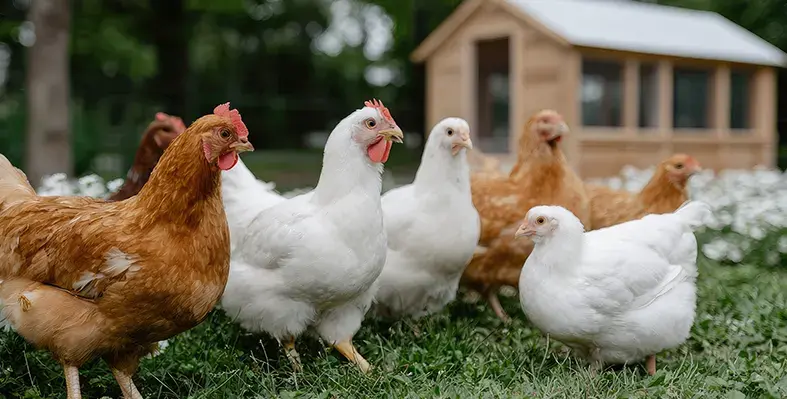
From striking plumage to reliable egg production and friendly temperaments, there’s a breed suited to every need.
If you’re after colourful eggs, reliable layers, or hardy birds for your backyard or farm, these ten timeless chicken breeds each offer something unique
From striking plumage to reliable egg production and friendly temperaments, there’s a breed suited to every need.
Araucanas are a unique breed well known for their ability to lay blue or green-tinted eggs. Some varieties are rumpless and have tufted ears, adding ornamental appeal to their practical qualities. Though still in the process of breed standardisation, they’re gaining attention for both visual interest and usefulness.
Brahmas are a cold-hardy breed with feathered shanks and toes, making them best suited for dry, cool climates with well-drained soil. Calm and docile, they tolerate confinement well and are often praised for their ability to handle exposure to harsh conditions.
Cochins are great eaters with heavy feathering, making them ideal for colder climates. Their feathers help retain heat and allow for egg production in winter. They’re gentle by nature and do well in mixed flocks.
Leghorns are energetic, always foraging and scratching wherever they go. They’re excellent free-range chickens, known for their small appetites, hardiness, and prolific production of white eggs. Leghorns are highly fertile and resilient, making them a practical choice.
New Hampshire Reds are medium-sized, fast-feathering birds with good maternal instincts. They tend to go broody and make strong mothers. Their reddish feathers can fade in the sun, and they’re known for being a bit aggressive and competitive.
Wyandottes are a reliable medium-weight option, ideal for rugged backyard conditions. Known for their attractive shapes and varied colour patterns, they’re popular among both farmers and hobbyists. However, they can suffer from narrow backs and weaker hatch rates.
Old English Game birds are small, noisy, and full of energy. They’re extremely hardy and may go feral if not contained. While they can go broody, their aggressive nature and small size don’t always make them the best mothers.
Orpingtons are large, fluffy birds with loose feathering that helps them tolerate the cold. They do well on free range or in confinement and are generally docile. Hens are broody and caring, though their chicks may struggle when raised with other breeds due to their passive temperament.
The Rhode Island Red is possibly the most recognised farm chicken worldwide. It excels as a dual-purpose bird and continues to thrive under tough conditions. Hardy, adaptable, and productive, it remains a top choice for both small farms and large flocks.
Finally, the Rhode Island White is a completely white, medium-sized bird with a long, deep, and rectangular body shape. Known for their well-rounded breasts and flat-topped heads, they bring both structure and productivity to a flock.








